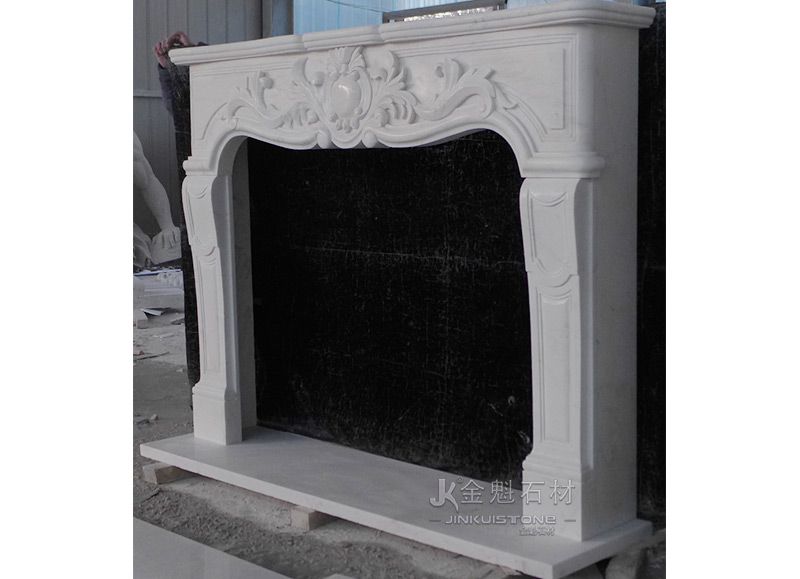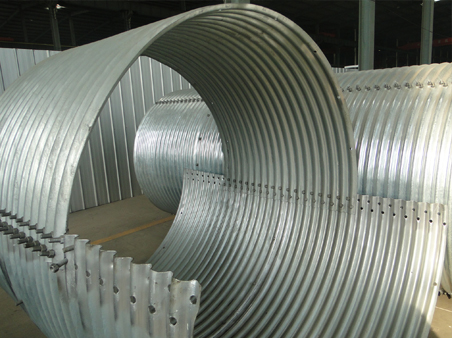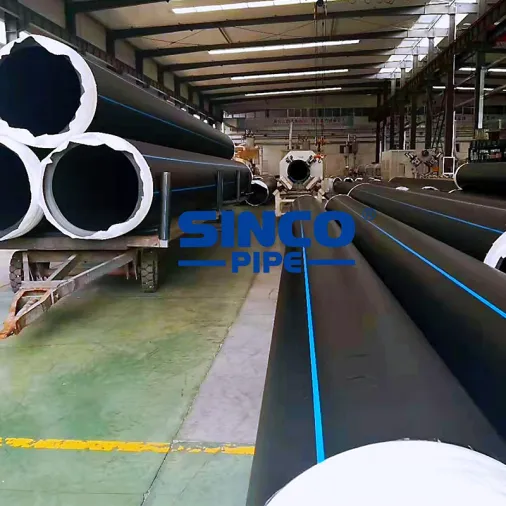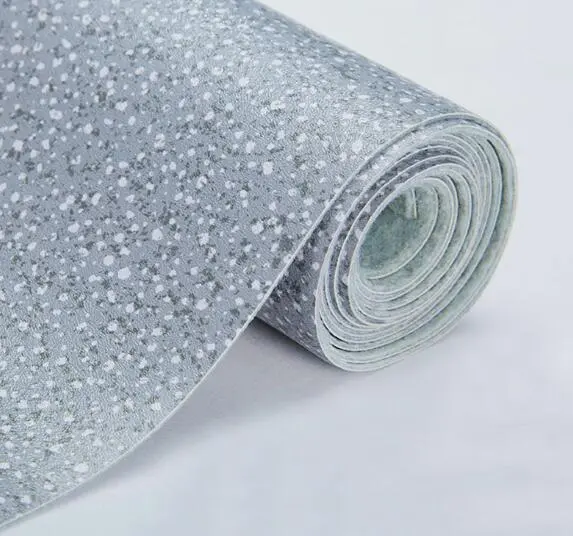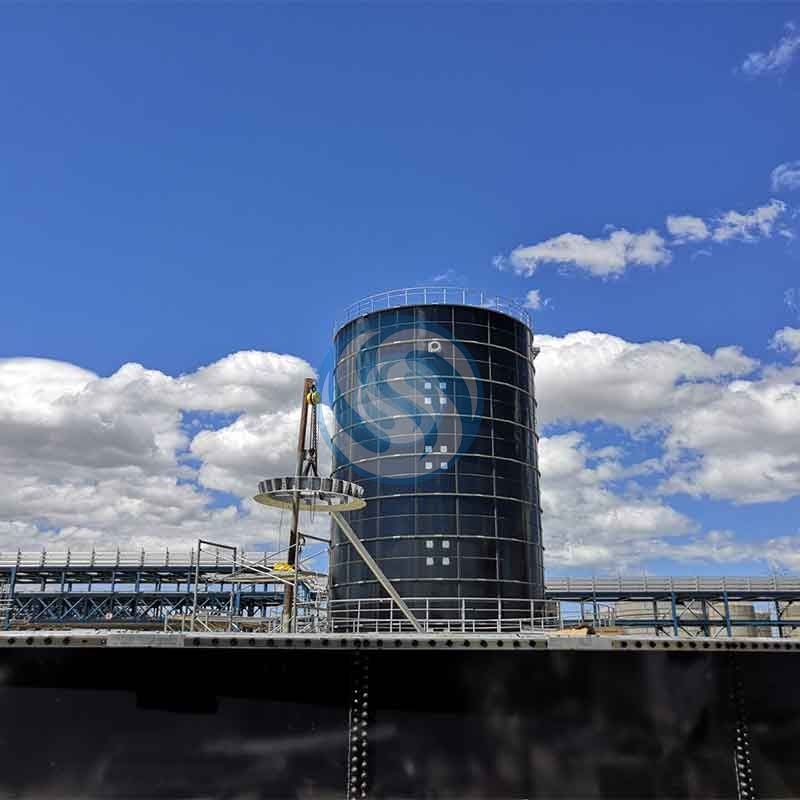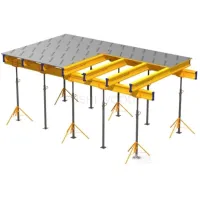Types of Glass and its Properties for Use in Construction
🕑 Reading time: 1 minute
There are various types of glass used in construction for different purposes. This article discusses the engineering properties and uses of these glasses.
Glass is a hard substance which may be transparent or translucent and brittle. The fusion process used to manufacture glasses. In this process, sand is fused with lime, soda, and some other admixtures and then cooled rapidly. Glasses used in construction purposes and architectural purposes in engineering.
Fig. 1: Use of Glass as Building EnvelopeEngineering Properties of Glass
- Transparency
- Strength
- Workability
- Transmittance
- U value
- Recycling property
1. Transparency of Glass
Transparency is the main property of glass which allows the vision of the outside world through it. The transparency of glass can be from both sides or from one side only. In one side transparency, glass behaves like a mirror from the other side.
2. Strength of Glass
The strength of glass depends on the modulus of rupture value of glass. In general glass is a brittle material but by adding admixtures and laminates we can make it as more strong.
3. Workability of Glass
A glass can be molded into any shape, or it can be blown during melting. So, workability of glass is a superior property.
4. Transmittance
The visible fraction of light that passing through glass is the property of visible transmittance.
5. U value of Glass
U value represents the amount of heat transferred through glass. If a glass is said to be insulated unit then it should have lower u value.
6. Recycle Property of Glass
Any glass can be 100% recyclable. It can also be used as raw material in construction industry.
Types of Glass and their Uses
The types of glass used in construction are:
- Float glass
- Shatterproof glass
- Laminated glass
- Extra clean glass
- Chromatic glass
- Tinted glass
- Toughened glass
- Glass blocks
- Glass wool
- Insulated glazed units
1. Float Glass
Float glass manufactured from sodium silicate and calcium silicate so, it is also called as soda-lime glass. It is clear and flat, so it causes glare. Thickness of the float glass is available from 2mm to 20mm, and its weight range from 6 to 36 kg/m2. The application of float glass includes shop fronts, public places, etc.
Fig. 2 Laminated Glass2. Shatterproof Glass
Shatterproof glass is used for windows, skylights, floors, etc. Some type of plastic polyvinyl butyral is added in its making process. So, it cannot form sharp-edged pieces when it breaks.
Fig. 3: Shatterproof Glass3. Laminated Glass
Laminated glass is the combination of layers of ordinary glass. So, it has more weight than a normal glass. It has more thickness and is UV proof and soundproof. These are used for aquariums, bridges, etc.
Fig. 4: Laminated Glass Used in Building Construction4. Extra Clean Glass
Extra clean glass has two unique properties, photocatalytic and hydrophilic. Because of these properties, it acts as stain proof and gives a beautiful appearance. Maintenance is also easy.
Fig. 5: Extra Clean Glass5. Chromatic Glass
Chromatic glass is used in ICU’s, meeting rooms etc. it can control the transparent efficiency of glass and protects the interior from daylight. The chromatic glass may be photochromic which has light sensitive lamination, thermos-chromatic which has heat sensitive lamination and electrochromic which has electric lamination over it.
Fig. 6: Chromatic Glass6. Tinted Glass
Tinted glass is nothing but colored glass. A color producing ingredients is mixed to the normal glass mix to produce colored glass which does not affect other properties of glass. Different color-producing ingredients are tabulated below:
Table 1: Different Types of Ions Used to Produce Various Colors in Glasses
Coloring ionColorIron oxideGreenSulphurBlueManganese dioxideBlackCobaltBlueChromiumDark greenTitaniumYellowish brownUraniumYellow Fig. 7: Tinted Glass7. Toughened Glass
Toughened glass is a durable glass that has low visibility. It is available in all thicknesses, and when it is broken it forms small granular chunks that are dangerous. This is also called as tempered glass. This type of glass is used for fire-resistant doors, mobile screen protectors, etc.
Fig. 8: Toughened Glass8. Glass Blocks
Glass block or glass bricks are manufactured from two different halves and they are pressed and annealed together while melting process of glass. These are used as architectural purpose in the construction of walls, skylights etc. They provide aesthetic appearance when light is passed through it.
Fig. 9: Glass Block9. Glass Wool
Glass wool is made of fibers of glass and acts as an insulating filler. It is fire-resistant glass.
Fig. 10: Glass Wool10. Insulated Glazed Units
Insulated glazed glass units contains a glass is separated into two or three layers by air or vacuum. They cannot allow heat through it because of air between the layers and acts as good insulators. These are also called as double glazed units.
Fig. 11: Insulated Glazed Glass UnitFAQs on Types of Glasses: properties and applications
What is a glass?Glass is a hard substance which may be transparent or translucent and brittle. It is manufactured by the fusion process.
What are the properties of glasses?The fundamental properties of the glass that make it suitable for building construction applications are transparency, strength, workability, transmittance, U value, and recycling.
What are the types of glasses?Float glass, shatterproof glass, laminated glass, extra-clean glass, chromatic glass, tinted glass, toughened glass, glass blocks, glass wool, and insulated glazed units.
Featured content:Construction and Geotechnical Applications: Top Hammer Drill Rigs in Action
Space Frame Structures: Types and Benefits
Types of Curtain Wall Systems
Materials Used for Bridge Expansion Joints: Ensuring Structural Integrity and Safet
Advantages of Hot Dipped Galvanized Water Tanks for Rural Water Storage
What is MDF medium density Fibreboard?
5 Easy Ways to Repair Pool Tiles What are the applications of glasses in building constructions?
shop fronts, public places, windows, skylights, floors, aquariums, bridges, stain proof, aesthetics, ICU’s, meeting rooms, insulations, wall constructions, fire-resistant doors, and mobile screen protectors.
What is U value of a glass?U value represents the amount of heat transferred through glass. If a glass is said to be insulated unit then it should have lower u value.
What is laminated and tempered/ toughened glass?Laminated glass is the combination of layers of ordinary glass. It has superior weight, thickness, UV proof, and soundproof than a regular glass. Toughened or tempered glass is a durable glass that has low visibility.
Read More: Uses of Glass in Construction
Glass is a solid substance that’s made by heating normal sand until it turns into a liquid and then left to cool. It may be transparent or translucent and brittle.
Glass isn’t just a material that lets light into an area, but there are actually several types of glass used in the construction industry – each one serving a unique purpose.
Here, we’ll be looking at the types of glass, the engineering properties of each, as well as the advantages and disadvantages of using glass in construction.
What are the Types of Glass Used in Construction?
Choosing the right kind of glass for a certain application is crucial to achieving a finished job that’s effective, attractive, and safe.
The following are 14 types of glass used in construction:
Sheet Glass
Sheet glass is manufactured by having molten glass pass through rollers to produce a nearly flat finish. However, the action of the rollers does leave the resulting sheets with some degree of distortion.
Sheet glass can be cut via a glass cutter – no special equipment is needed. It’s usually available in a range of standard sizes.
Due to the relatively low cost of float glass and its lack of distortion, sheet glass is mainly used in glazing greenhouses and the like, where the visual distortion isn’t an issue as opposed to domestic windows etc.
Float Glass
Made from sodium silicate and calcium silicate, float glass is also known as soda-lime glass. The “float” name refers to the method used to produce it, where the molten glass is floated onto a bed of molten tin. This gives us a flat, clear, distortion-free glass.
Float glass can be cut utilizing a glass cutter without a need for special equipment. It’s available in thickness ranging from 2mm to 20mm, with a weight ranging from 6 to 36 kg/m².
The applications of float glass include fixed and opening windows above waist height, shop fronts, as well as public places.
Laminated Glass
laminated glassAs the name suggests, laminated glass consists of layers of ordinary glass bonded by a transparent, flexible material. Think of it as a sandwich made up of two or more sheets of glass.
Laminated glass can also be made using other types of glass (such as float, wired, or toughened), where they keep their original breaking attributes.
Laminated glass is also UV and soundproof, which explains its use in the construction of bridges and aquariums. It’s even the best choice for making glass canopies as it can reduce harmful rays.
At WA Special Projects we commonly use SGP for our totally frameless balustrading and fully frameless pool fencing such as out channel fixed range. SGP is a laminated glass consisting of 2 sheets of toughened glass and a laminate in the middle. This is typically 6mm toughened/2.28mm laminate/6mm toughened.
Shatterproof Glass
Shatterproof glass is just what it sounds like, a type of glass that’s resistant to shattering. In other words, it doesn’t break into sharp pieces in the event of destruction.
Manufacturing shatterproof glass involves the addition of a plastic polyvinyl butyral resin to prevent it from forming sharp pieces. It’s commonly used in windows, floors, and skylights.
Energy-efficient Glass
This type of glass is produced by glazing float glass with a special thin coating on one side. This coating allows solar energy to pass through in one direction while minimizing the transfer of thermal energy in the other direction.
Extra-clean / Self-cleaning Glass
Extra-clean or self-cleaning glass is both photocatalytic and hydrophobic. These two unique properties make it stain-proof, resulting in attractive appearance and easy maintenance.
Chromatic Glass
Used in ICUs and meeting rooms, chromatic glass can control the transparent efficiency to protect the interior from daylight. This type of glass may be electrochromic (has electric lamination), thermos-chromatic (has heat-sensitive lamination), or photochromic (has light-sensitive lamination).
Patterned Glass
Patterned glass is flat glass that’s been rolled onto one side during production. It’s available in many coloured tints and patterns, each with a distortion number from 1 to 5 (1 is very little distortion and 5 is a high degree of diffusion).
Patterned glass is used for decoration purposes, with or without added privacy.
Tinted Glass
Tinted glass is simply coloured glass. A certain type of ion is added to the normal glass mix to produce coloured glass, where the colour doesn’t affect other properties of the glass. For example, iron oxide gives green and sulphur gives blue.
Toughened Glass
Smashed tempered glassToughened glass, also called safety or tempered glass, is used extensively throughout the industry for its ability to resist breaking. If it does break, it does so into many small ‘safer’ pieces as opposed to large shards (like float glass).
Toughened glass is typically used in home interiors such as kitchen splashbacks (for its heat resistance), and shower screens, glass balustrade and swimming pool fencing.
It can also be used in laminated panels for extra safety precautions.
Wired Glass
Wired glass has a wire mesh in the middle of its glass structure. The purpose of the wire is to hold the glass together in the event of cracking or breaking, however, it doesn’t stop the glass from forming sharp pieces when broken.
Available as clear or obscured, wired glass is commonly used in more industrial areas or structures such as garages.
Glass Blocks
Otherwise called glass bricks, glass blocks are made from two halves pressed and annealed during the melting process of glass. The applications for glass blocks include walls and skylights, providing a pleasant aesthetic appearance when light passes through.
Glass Wool
Used as an insulating filler, glass wool is made out of glass fibres. It’s also fire-resistant.
Insulated Glazed Units
Also referred to as double-glazed glass, an insulated glazed unit consists of two or three layers separated by air or vacuum. This air or vacuum acts as a good thermal insulator, so this glass doesn’t allow heat to pass through it.
Mirrors
These are typically made from float glass of 4mm to 6mm thickness with one side silvered.
Why is Glass Used in Construction?
When used as a construction material, glass is employed as a transparent glazing element in the building envelope. This includes windows in external walls and internal partitions.
What is the Most Common Glass Used in Construction?
Float glass, also known as soda-lime glass, is the most widely used type of glass in construction.
What are the 5 Properties of Glass?
Glass has 5 engineering properties:
- Transparency: this is the primary property of glass that allows us to see through it. Glass can be transparent from both sides or from one side only (the other side acts like a mirror).
- Workability and Recycle Property: glass has superior workability as it can be moulded into countless shapes or blown during melting. Also, any type of glass can be 100% recyclable and used as a raw material in construction.
- Strength: the strength of glass is determined by its modulus of rupture value. Glass is usually brittle but we can make it stronger by adding admixtures and laminates.
- Transmittance: this is the visible fraction of light passing through the glass.
- U value: this represents how much heat transferred through the glass. Insulated glass units should have a low U value.
Wrap Up
There you have it – a complete guide to the types of glass used in the construction industry. It’s crucial to choose the right kind of glass that best serves your project. There are many things to consider, and, for obvious safety reasons, this should always be left to experts in this field.
Types of Glass and its Properties for Use in Construction
Types of Glass used in Construction
Featured content:Are Expandable Container Houses Eco-Friendly and Sustainable?
Cooling Innovation: Glass Wool Air Conditioning Panels for Efficient Climate Control
Applications and Installation Tips for Glass Wool with Aluminum Foil
How Far Can Cable Tray Support Span?
What Is a Hydraulic Control Structure?
Are HDPE Sewage Pipes Suitable for Extreme Weather Conditions?
What are composite panels used for?


